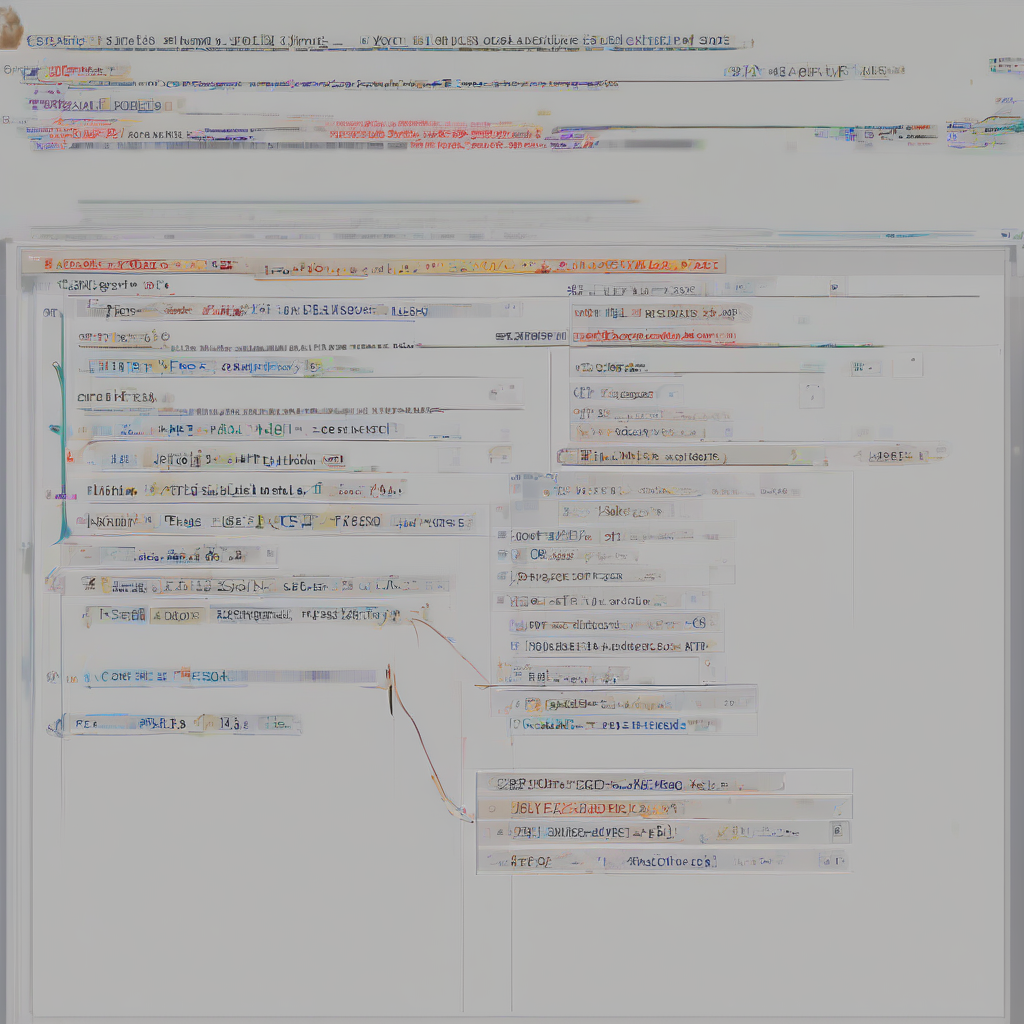Credit Union of America: A Deep Dive into its History, Services, and Impact
Credit Union of America (CUA), while not a nationally recognized name like some of the larger banking institutions, holds a significant place in the financial landscape, particularly for its members. This in-depth analysis explores the history, services, membership structure, financial performance, and overall impact of CUA. We will examine its strengths, weaknesses, and how it compares to traditional banks and other credit unions.
A Historical Overview of Credit Union of America
- Early Years and Founding Principles: [Insert detailed historical information about CUA’s founding, including the year, location, initial membership base, and the driving forces behind its creation. Discuss the cooperative principles that guided its establishment and initial operations.]
- Growth and Expansion: [Describe the stages of CUA’s growth, highlighting significant milestones such as mergers, acquisitions, expansion into new geographic areas, or the introduction of new services. Include quantitative data on membership growth and asset expansion over time, if available.]
- Challenges and Adaptations: [Discuss any significant challenges faced by CUA throughout its history, such as economic downturns, regulatory changes, or technological disruptions. Analyze how the credit union adapted and overcame these challenges.]
- Evolution of Services: [Trace the evolution of CUA’s services over time. Did it initially offer a limited range of products? How has its service portfolio broadened to meet the changing needs of its members?]
CUA’s Membership Structure and Eligibility
- Membership Criteria: [Detail the specific criteria for membership in CUA. Is it geographically restricted? Are there specific employment or affiliation requirements? Explain the process of applying for membership.]
- Membership Benefits: [Outline the benefits that members enjoy, including lower interest rates on loans, higher yields on savings accounts, access to financial education resources, and any other unique perks.]
- Governance and Representation: [Explain the structure of CUA’s governance. How are board members elected or appointed? How are members represented in the decision-making process?]
- Member Services and Support: [Describe the channels through which members can access services, including physical branches, online banking, mobile apps, telephone support, and in-person assistance.]
Services Offered by Credit Union of America
- Checking and Savings Accounts: [Detail the types of checking and savings accounts offered by CUA, including features like interest rates, fees, minimum balance requirements, and any special promotional offers.]
- Loans: [Provide a comprehensive overview of the loan products available, such as auto loans, mortgages, personal loans, business loans, and credit cards. Include details on interest rates, terms, and application processes for each loan type.]
- Investment Services: [If applicable, describe any investment services offered by CUA, such as investment accounts, retirement planning options, or financial advisory services.]
- Other Financial Products: [List any other financial products or services offered, such as insurance products, money orders, wire transfers, or bill pay services.]
- Digital Banking Capabilities: [Discuss the extent of CUA’s digital banking capabilities, including online banking platforms, mobile apps, and their functionalities.]
Financial Performance and Stability of CUA
- Financial Statements and Reports: [Analyze CUA’s financial performance based on publicly available data, including financial statements, annual reports, or regulatory filings. Discuss key metrics such as assets under management, net income, loan portfolio growth, and capital adequacy.]
- Risk Management Strategies: [Examine the risk management strategies employed by CUA to mitigate various financial risks, such as credit risk, interest rate risk, and operational risk.]
- Regulatory Compliance: [Discuss CUA’s compliance with relevant regulatory requirements and oversight by regulatory bodies.]
- Financial Strength and Stability: [Assess the overall financial strength and stability of CUA, highlighting any factors contributing to its resilience or vulnerabilities.]
CUA’s Impact on the Community and its Members
- Community Involvement: [Explore CUA’s involvement in community development initiatives, philanthropic activities, and support for local organizations.]
- Financial Literacy Programs: [Describe any financial literacy programs or educational initiatives offered by CUA to promote financial well-being among its members and the wider community.]
- Member Satisfaction and Feedback: [Examine member satisfaction levels based on available data, reviews, or surveys. Discuss any strategies employed by CUA to improve member experience and satisfaction.]
- Social Responsibility Initiatives: [Highlight any social responsibility initiatives undertaken by CUA, such as environmental sustainability programs or ethical investing practices.]
Comparison with Traditional Banks and Other Credit Unions
- Advantages over Traditional Banks: [Compare CUA’s services and fees with those of traditional banks, emphasizing any advantages that CUA offers, such as lower fees, higher interest rates on savings, or better customer service.]
- Comparison with Other Credit Unions: [Compare CUA with other credit unions in terms of its service offerings, membership criteria, financial performance, and community involvement.]
- Strengths and Weaknesses: [Summarize the key strengths and weaknesses of CUA relative to its competitors.]
- Market Positioning and Target Audience: [Discuss CUA’s market positioning and its target audience within the broader financial services landscape.]
Future Outlook and Potential Challenges for CUA
- Adapting to Technological Advancements: [Analyze how CUA is adapting to the rapid pace of technological change in the financial services industry, including the increasing adoption of digital banking and fintech innovations.]
- Meeting Evolving Member Needs: [Discuss how CUA is addressing the evolving needs and expectations of its members in a dynamic financial environment.]
- Navigating Regulatory Changes: [Discuss potential challenges arising from changes in financial regulations and how CUA might adapt to these changes.]
- Maintaining Competitive Advantage: [Analyze the strategies that CUA might employ to maintain its competitive advantage in a competitive market.]
